
MONGOLIA
The following is a resource guide for educators, researchers, and students interested in learning about Mongolia. Please note that the resources gathered are not exhaustive, and we encourage readers to pursue additional resources. If you would like to suggest a resource, please send an email to gweanrc@gwu.edu.
Here are some basic facts about Mongolia:
- Capital: Ulaanbaatar
- Currency: Togrog/Tugrik
- Prime Minister: Ukhnaagiin Khürelsükh (13th)
- Government: Semi-presidential republic with a multiparty unicameral legislature
- Official Language: Mongolian; note that there are numerous dialects widely spoken such as Khalkha Mongol
- Population: 3,103,428 (as of 2020)
- Land Area: 604,200 square miles (1.5 million square kilometers)
- Population Density: 2 per Km2 (about 47 times smaller than the United States)
- Writing Systems: Mongolian Cyrillic; traditional Mongolian script
Learn more about Mongolia on the CIA World Factbook page!
Overview
Mongolia is a large country located in Central Asia. It shares a border with Russia in the north and China in the south, and much of Mongolia’s history is linked with these two nations. Genghis Khan founded the Mongol Empire which became the largest land empire in world history. Mongolia later came under Chinese rule and gained its independence from China in 1921. The Mongolian People’s Republic was then established under Soviet influence. Following the breakup of the socialist regime, Mongolia established a parliamentary democracy. Mongolia is divided into 21 provinces, with Ulaanbaatar as the capital. The official language of Mongolia is Mongolian, and the currency is the Mongolian tugrik
The history of ancient Mongolia dates back to the third century BC when the Xiongnu came to power among many other nomadic tribes. Due to illiteracy and nomadic lifestyle — Mongolia is one of the last few places on the planet where nomadic life is still a living tradition — little was recorded by Huns of themselves. They first appear in recorded Chinese history as “barbarians” against whom the walls were built. Today, these walls are famously known as the Great Wall of China!
Mongolia’s area is 1.5 million km² (604,200 mi²), four times the size of Japan and almost double that of Eastern Europe. It is more than twice as big as Texas and nearly the same size as Alaska.
Mongolia is also known as the “Land of Blue Skies,” because there are about 250 sunny days throughout each year.
Mongolia has gone through a very rapid social, economic, and political transition and established a democratic system underpinned by free and fair elections with separated government institutions. Today, it has established a well functioning market economy.
Reference
“Mongolia Country Profile.” BBC News, BBC, 26 Feb. 2018, www.bbc.com/news/world-asia-pacific-15460525.
“Overview.” World Bank, www.worldbank.org/en/country/mongolia/overview.
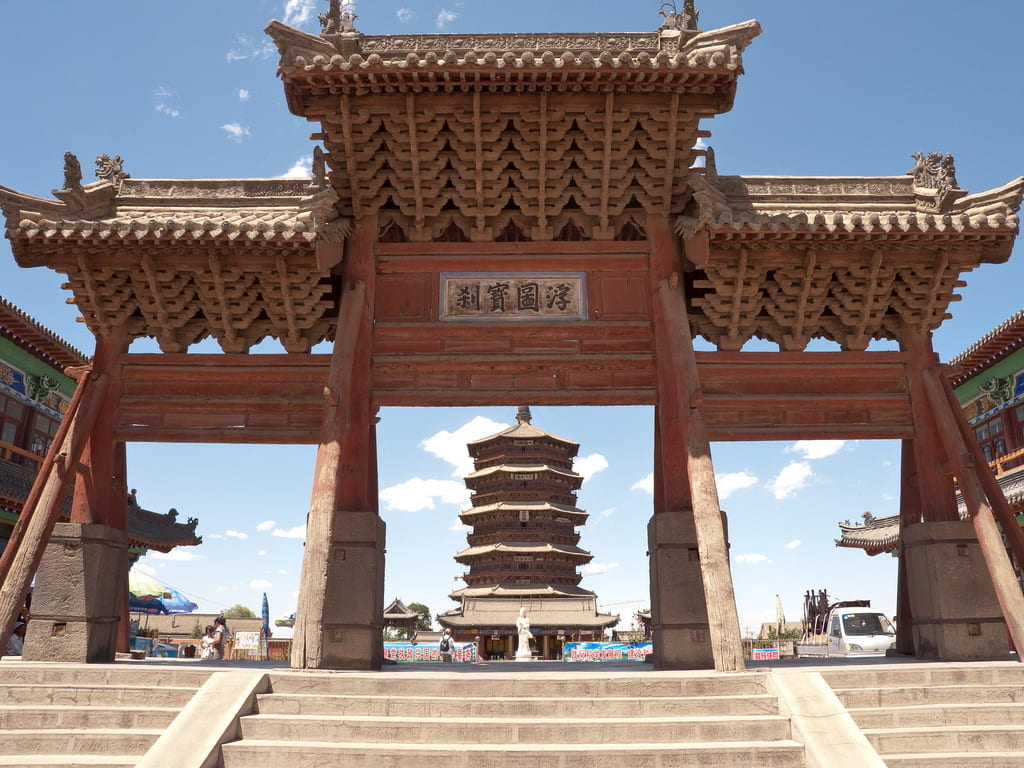
A gate in front of the Pagoda of Fogong Temple in Shanxi province.
Credit: By Patrick Streule – Wooden Pagoda, CC BY 2.0
For more information on Mongolia and related resources, please click the “Mongolia Resources PDF” button below.
K-12 Resources For Students and Teachers
Below are links to useful resources that could be found online. Please click the individual hyperlinks to find out more about these resources. For more information, please look through the Mongolia Resources (PDF) file.
History, Culture, Language, and Traditions

A Brief History of Mongolia
An overview of Mongolia History by the Embassy of Mongolia. This resource can be used as a pre-reading activity to build on prior knowledge.
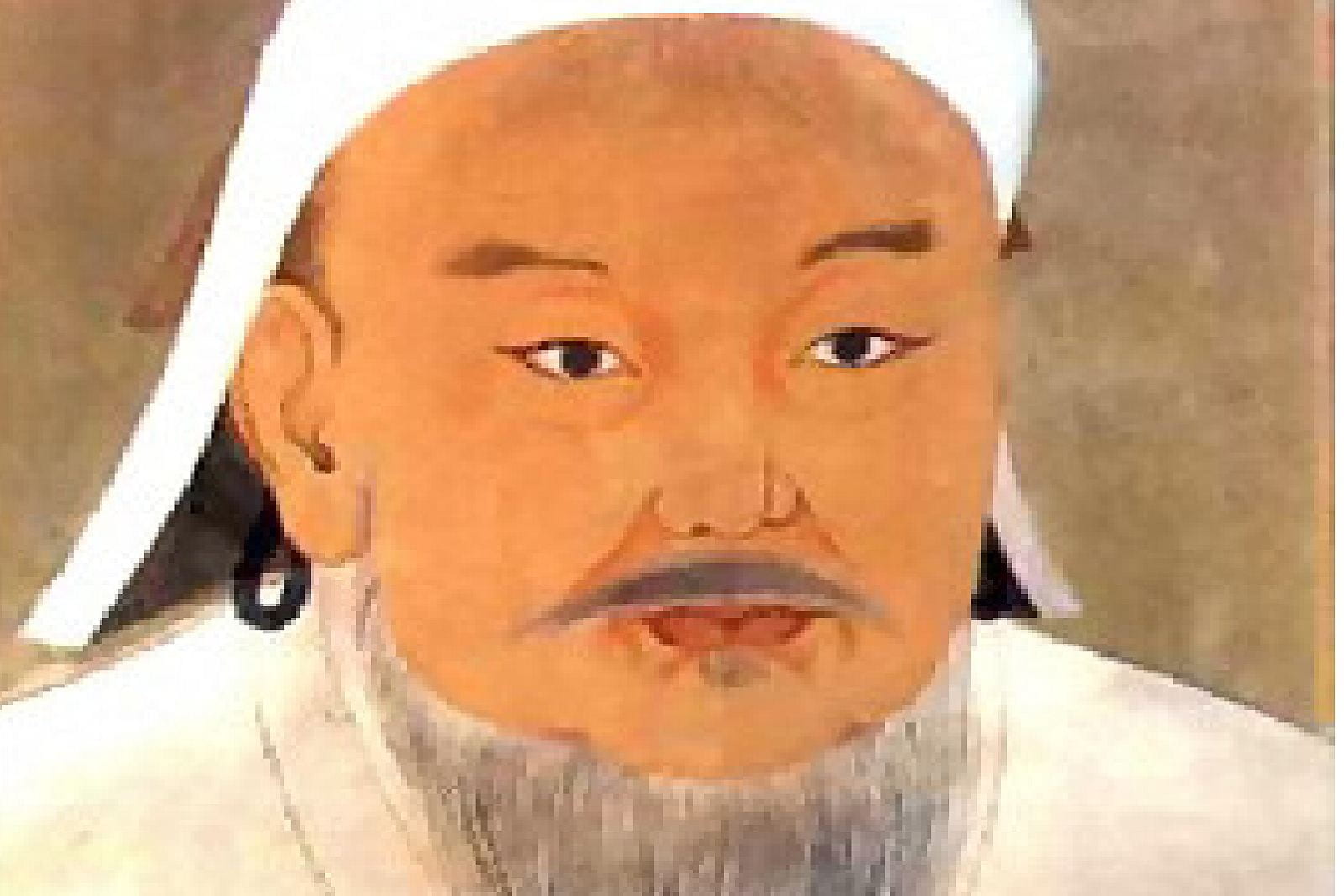
Genghis Khan
This resource provides you in-depth information on Genghis Khan’s early years, how he established his empire, unites with Mongols, and his empire after his death. Mongolian warrior and ruler Genghis Khan created the largest empire in the world, the Mongol Empire, by destroying individual tribes in Northeast Asia. This resource can be used to build in-depth knowledge about a Mongolia leader.
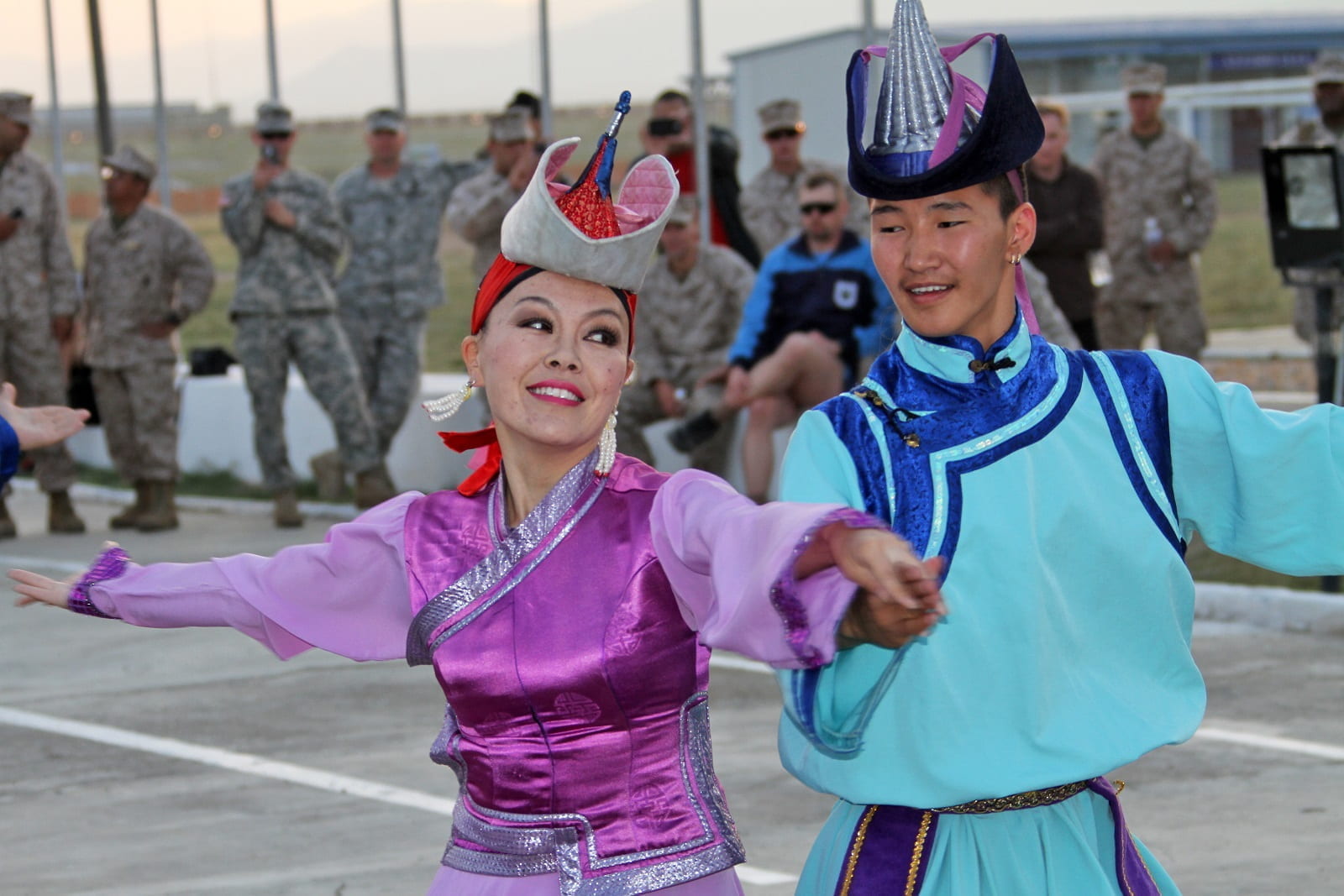
Discover Mongolia: Culture, Art & History
Discover Mongolia has laid out a great resource guide on Mongolia Nomad lifestyle, their religions, traditions, music & songs, festivals, games, etc. A great resource to help students differentiate between cultures- the U.S. vs Mongolia!
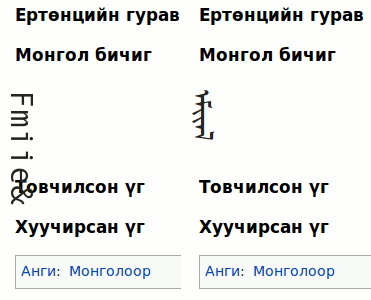
Mongolian Languages
This resource provides a detailed description of the different languages spoken in Mongolia. It also includes the traditional Mongolian script (along with pronunciation guides) which might particularly be of interest to students. It can be used as an in-class activity to instill interest in students to learn a new language together.
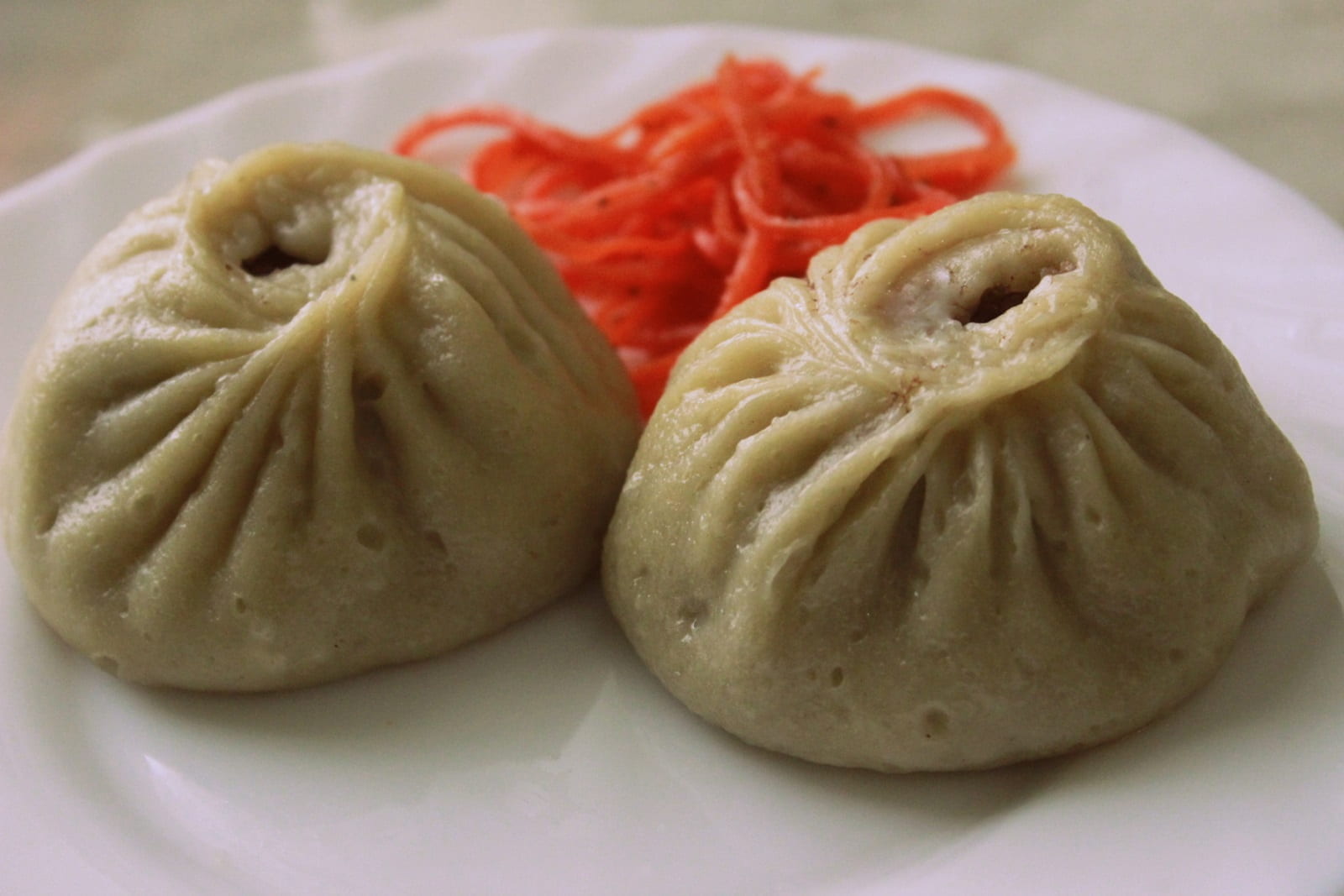
Mongolian Food
This resource includes information about Mongolian food, eating habits, exotic nomad dishes, restaurant styles, etc. Food found in Mongolia maintains links to the country’s nomadic traditions and also is influenced by food from Russia, China, and other Central Asian countries. A great resource to use while introducing Mongolian culture.
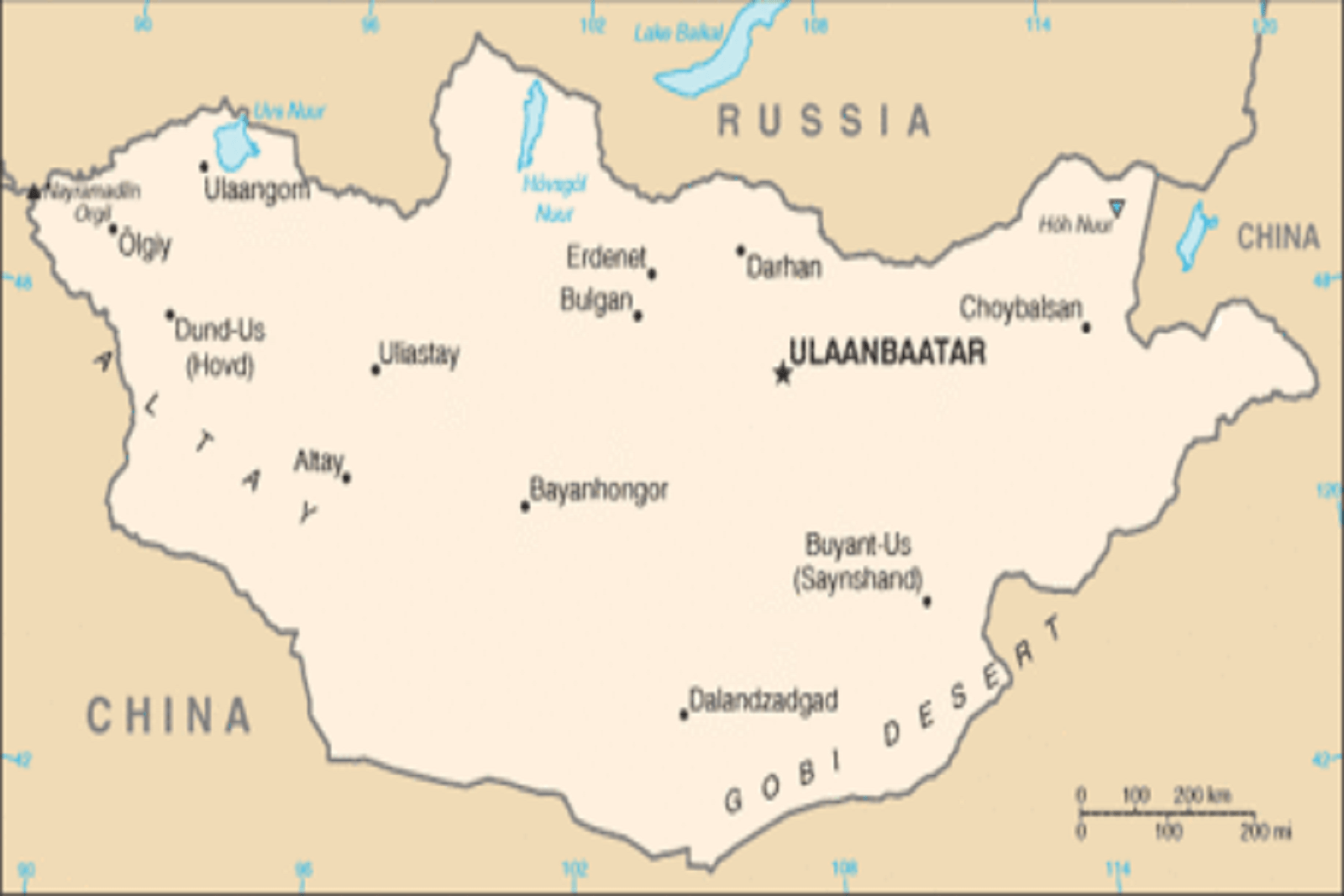
Guide to Mongolia
A complete guide to Mongolia geography, maps, books, fashion, restaurants. A perfect travelers guide.
Politics and Contemporary Topics

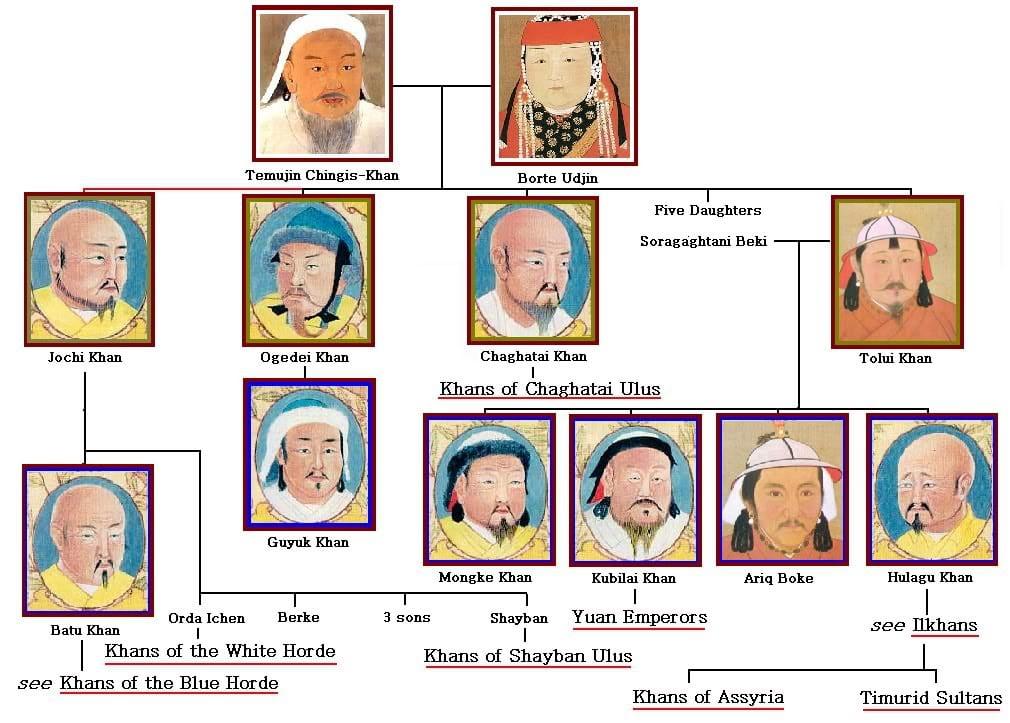
Mongolian Political System
After 200 years of oppressive rule under the Qing Dynasty, the political system of Mongolia began to change in 1911 when the country declared its independence and appointed Bogd Khan as the leader of both the country and its religion, Tibetan Buddhism.
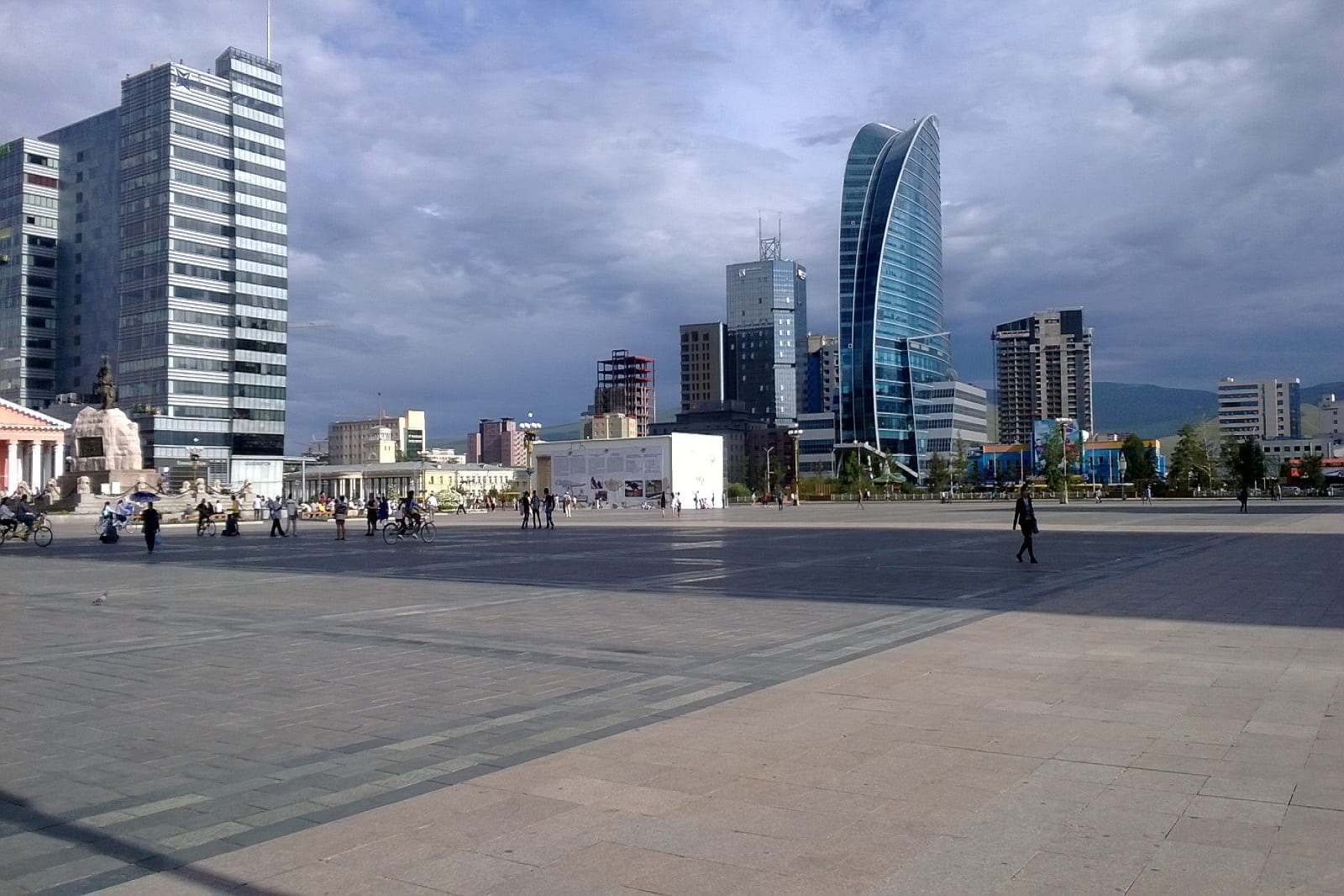
Can Mongolia Shape the Modern World Once Again?
“With the U.S. as its partner, Mongolia could make a significant contribution to the region”. An interesting read by ‘The Diplomat’ reporter on the effects of US-Mongolia ties.
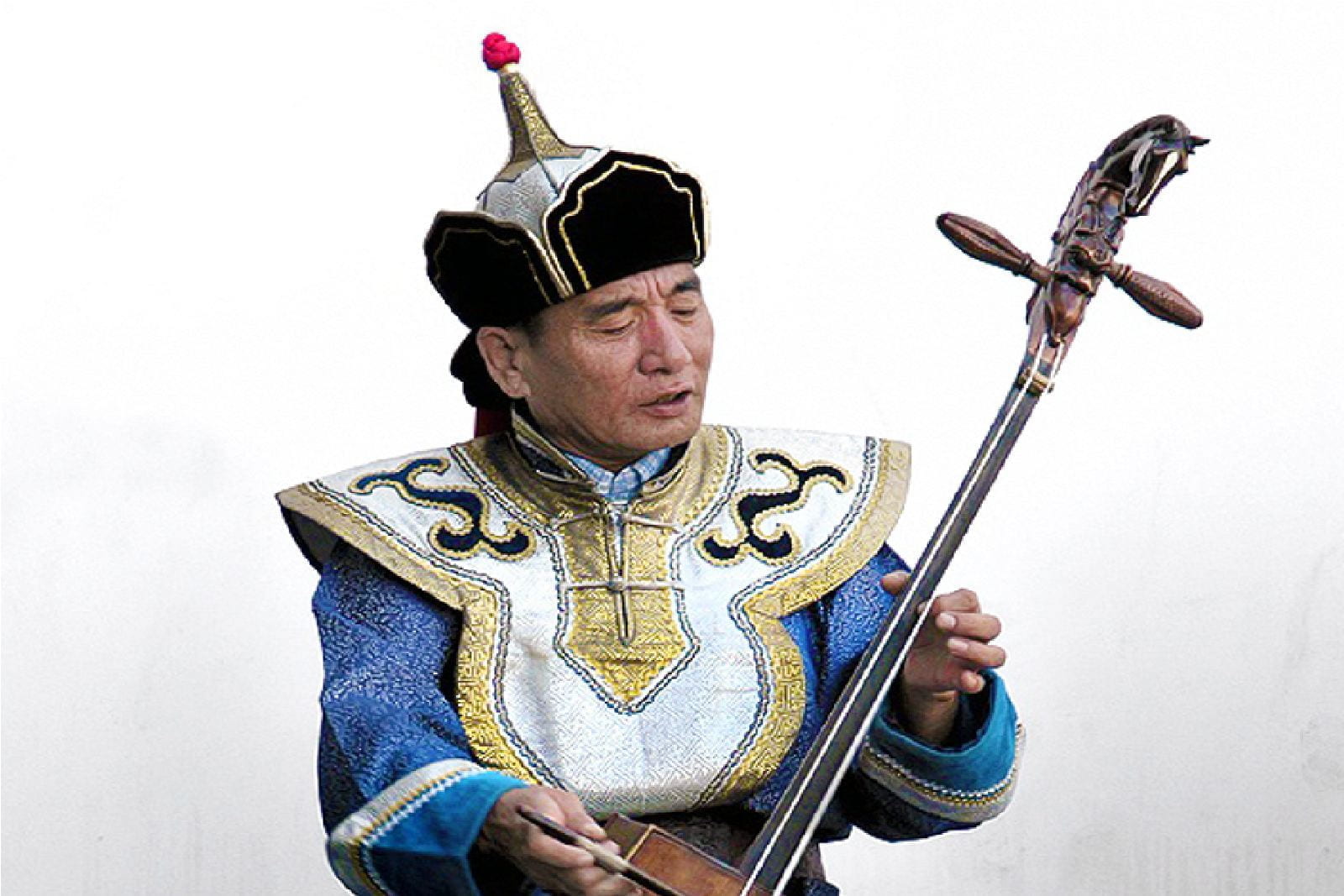
Music In Mongolia: Communism And After
When the Soviet-inspired Mongolian People’s Revolutionary Party took power in 1924, the role of music in Mongolia was to undergo some drastic changes. Mongolian music had to be “nationalist in form, socialist in content”. Read on to learn how music revolutionized in Mongolia.
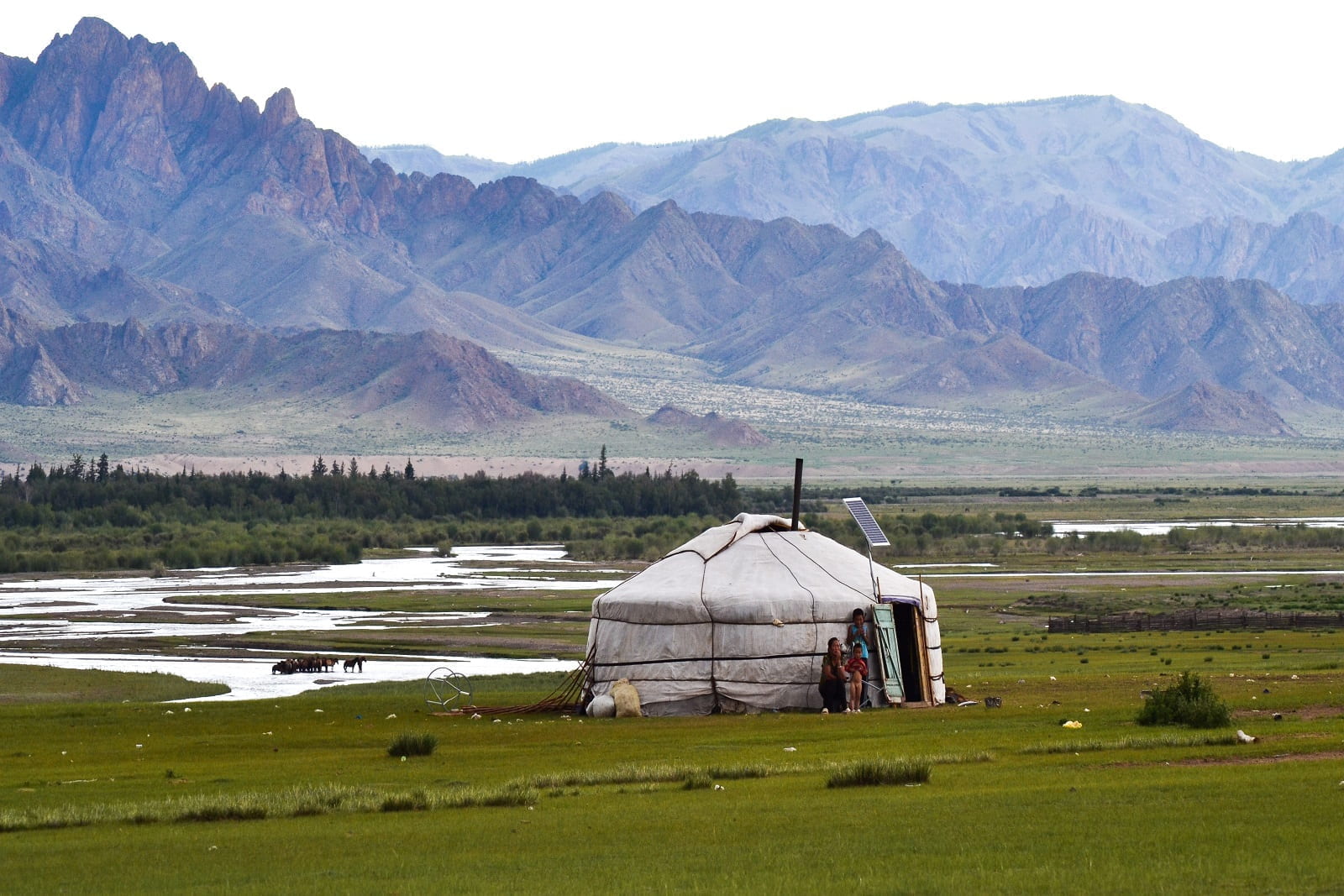
What Mongolian nomads teach us about the digital future
An interesting read on decreasing nomadic population in Mongolia and how current generation nomads are aiming for a digital nomadic lifestyle.
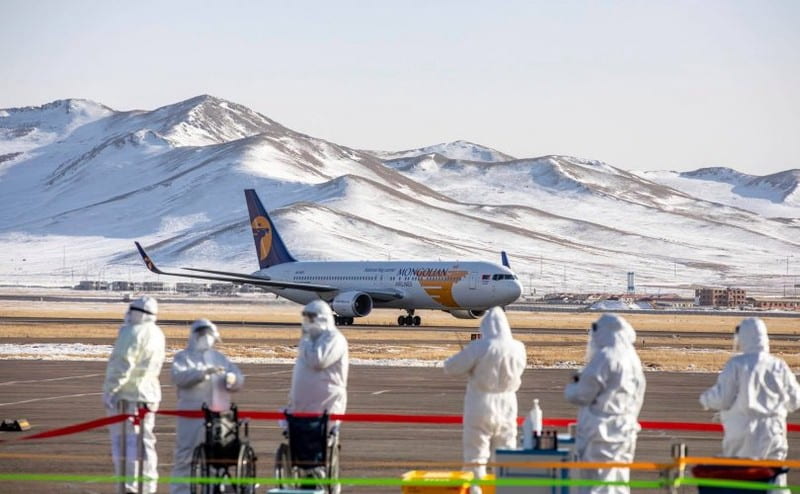
COVID Underdogs: Mongolia
Mongolia has had one of the strongest COVID-19 responses in the world. Not only do they have zero recorded deaths, but they also have zero recorded local transmissions. In Mongolia, there simply wasn’t an epidemic at all. This would be a great resource to teach a positive example, or rather a COVID-19 success story, to students.
News, Magazines, and Journals
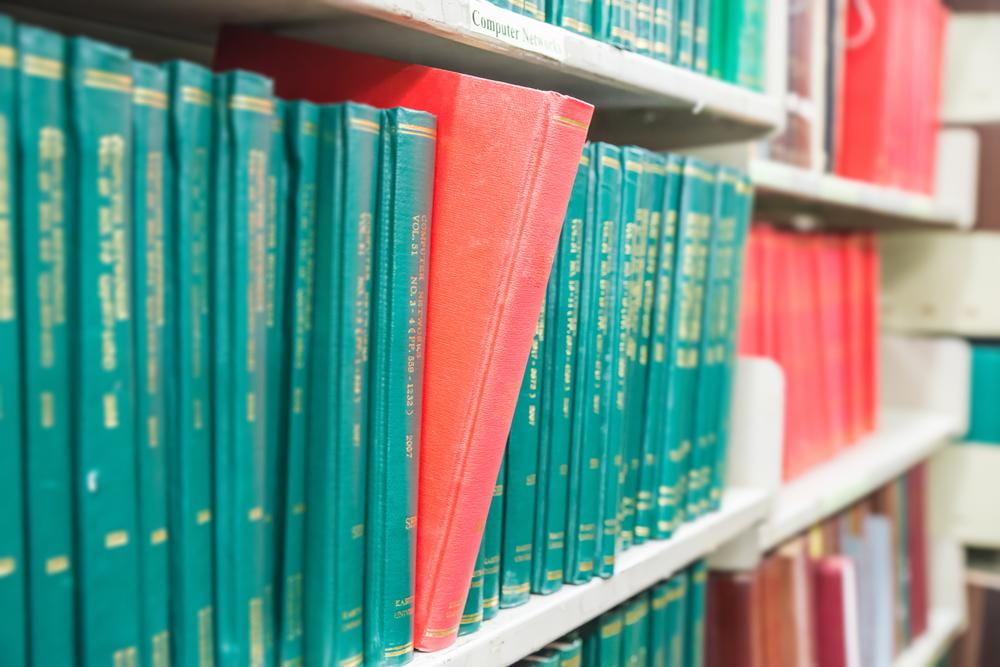
The Mongolia Journal
Mongolia Journals provides access to Mongolian published research and increases worldwide knowledge of indigenous scholarship. It is a database of journals published in Mongolia, covering the full range of academic disciplines. The objective of the journal is to give greater visibility to the participating journals, and to the research they convey.
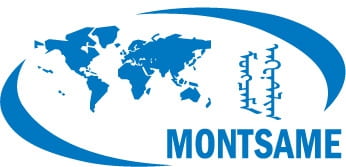
Montsame
An influential news agency in Mongolia delivering news on domestic and foreign policy of Mongolia, as well as events that promote the positive image of Mongolia locally and abroad.
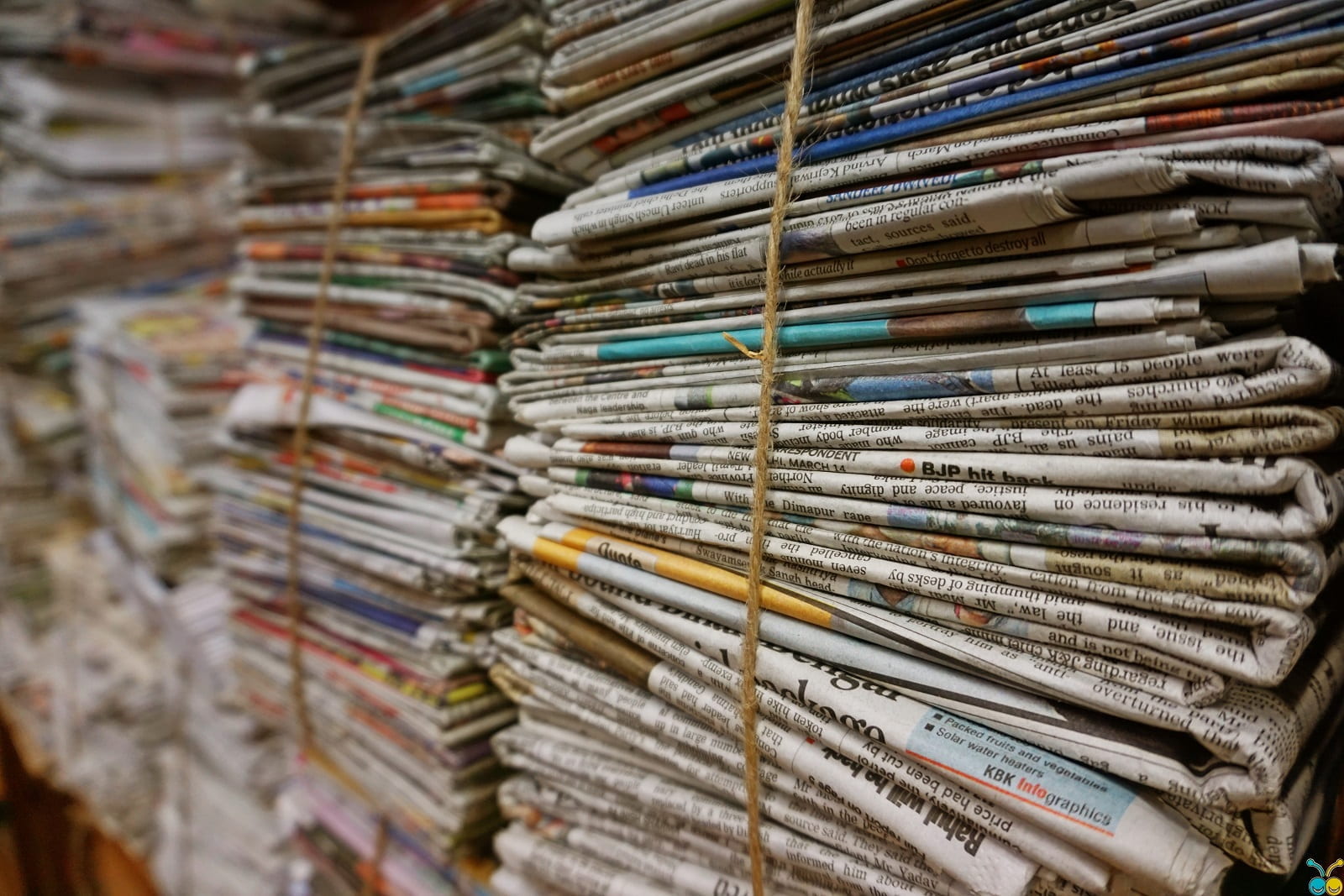
UB Post
The UB Post was first founded in 1996 and has since become Mongolia’s leading English-language news outlet. As part of the broader Mongol News Group, The UB Post provides comprehensive coverage of social, economic and political developments in Mongolia and elsewhere.
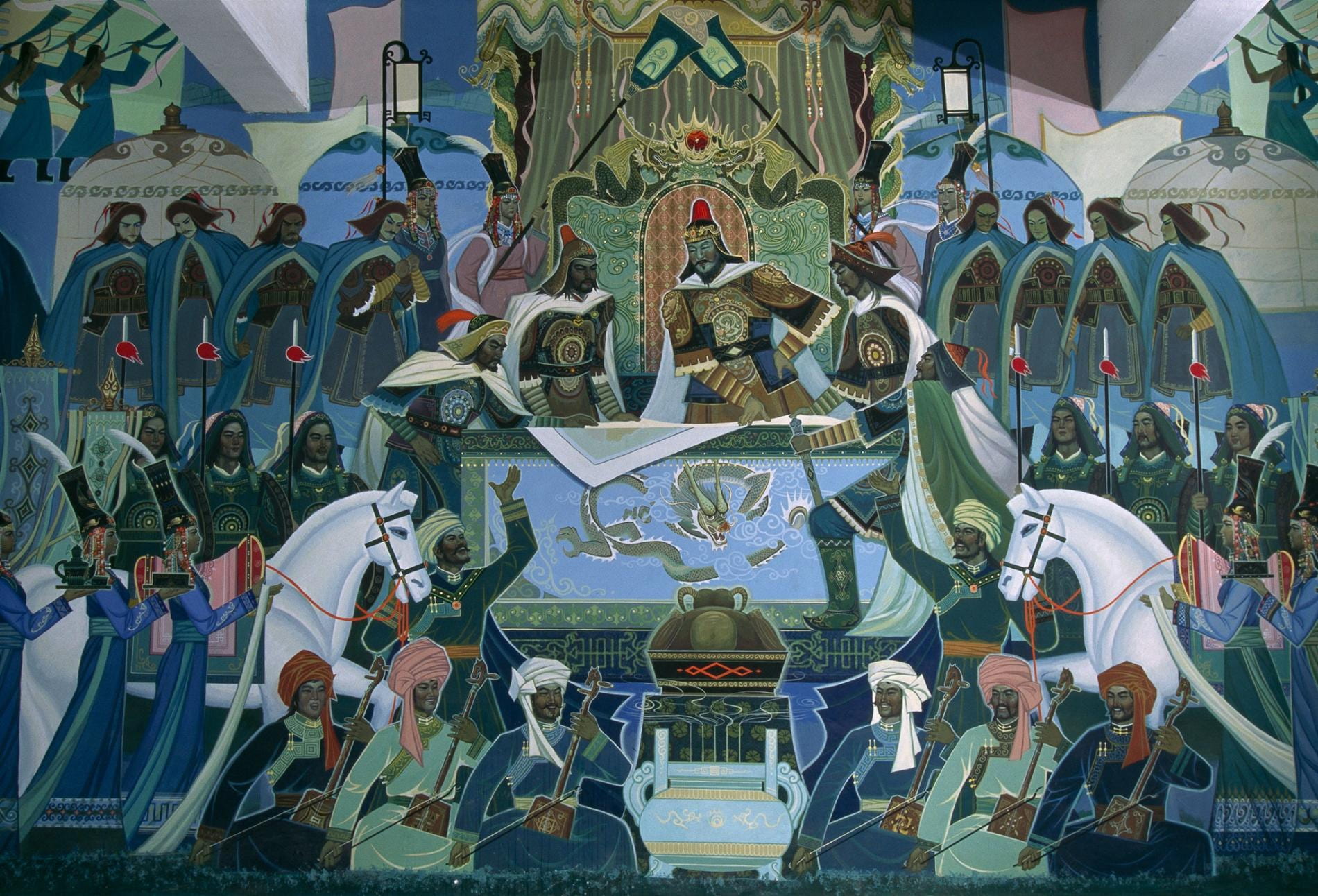
American Center for Mongolian Studies
The American Center for Mongolian Studies offers resources and publications for those interested in Mongolian Studies including field notes, dissertations, and academic activities.
Lesson Plan and Activity Ideas
Below are websites that provide lesson plans on Mongolia-related topics separated by appropriate grades. Please click the individual hyperlinks to find out more about these resources.
Elementary (PreK – Grade 5)
Middle School (Grade 6 – 8)
High School (Grade 9 – 12)
Exchange Programs For Students
Below are some exchange programs that high school students can participate in order to gain a deeper understanding of Mongolian culture and language. Please click the individual hyperlinks to find out more about these resources.
ASSE Summer Immersion Program
Program Description:
Choose a 6-week summer program or a School year/Semester program; You’ll live with a volunteer host family and share in their daily summer activities. You’ll discover the heart and soul of your chosen homestay country. Spending your days as a typical teenager, you’ll play sports, see films, get involved in your host family’s activities, or perhaps join them during their summer holiday travels.
Eligibility: High School Students
Fee: $7500 for Summer; $9950 for School year/Semester
Scholarship: Available
Youth for Understanding: Mongolia Summer Program
Program Description: Students traveling to Mongolia for the summer are placed with local volunteer host families in Ulaanbaatar, the capital city. Ulaanbaatar is a cultural hotspot full of museums, soviet-era buildings, and ancient monasteries! YFU students in Mongolia also have the unique opportunity to spend 4 days of their summer living with a nomadic host family in the countryside.
Eligibility: 15 to 18 years
Fee: $15,995
Scholarship: Available
Institutions and Organization
The Mongolian Embassy in Washington, D.C. is the diplomatic mission of Mongolia to the United States. It is located at 2833 M Street Northwest, Washington, D.C. in the Georgetown neighborhood. Visit the website to learn more about Mongolia and U.S.-Mongolia relations.
American Center for Mongolian Studies
The American Center for Mongolian Studies (ACMS) is a private, non-profit educational organization that supports academic projects and exchanges in Mongolia and the Inner Asian region, which includes Mongolia and the neighboring areas of China, Russia and Central Asia.
Friends of Mongolia (FOM) mission is to develop partnerships with the people of Mongolia in furtherance of cultural exchange and human development. In fulfillment of this mission, FOM offers various events representing Mongolia culture
Mongolia Initiative at the University of California, Berkeley
The Mongolia Initiative was established as the result of a generous gift from the government of Mongolia to UC Berkeley and the Institute of East Asian Studies. This initiative has worked to bring together UC Berkeley’s diverse resources related to Mongolia.
Center for Strategic & International Studies (CSIS)
The Center for Strategic and International Studies (CSIS) is a bipartisan, nonprofit policy research organization dedicated to advancing practical ideas to address the world’s greatest challenges.
The Brookings Institution is a nonprofit public policy organization based in Washington, DC. Our mission is to conduct in-depth research that leads to new ideas for solving problems facing society at the local, national, and global levels.
The Wilson Center, chartered by Congress in 1968 as the official memorial to President Woodrow Wilson, is the nation’s key non-partisan policy forum for tackling global issues through independent research and open dialogue to inform actionable ideas for the policy community.
Annual Events in the DMV Area

Mongolian Naadam Festival – July
The event held annually in the Mongolian capital celebrates that country’s three main sporting pastimes: Mongolian wrestling, archery, and cross-country horse racing. This annual event is held in Arlington with the wrestling competition being the main attraction.
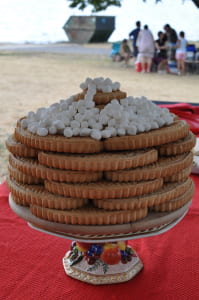
D.C. Tsagaan Sar Celebration – March
The Mongolian Lunar New Year, commonly known as Tsagaan Sar, is the first day of the year according to the Mongolian lunisolar calendar. The annual Washington DC area is sponsored by the Mongolian School of the National Capital Area (MSNCA) and the Friends of Mongolia in the DMV area. Celebrate the biggest holidays in Mongolia with traditional Mongolian food and drinks.

EAST ASIA NATIONAL RESOURCE CENTER
Join Our Mailing List
Receive news and updates about EANRC events.

